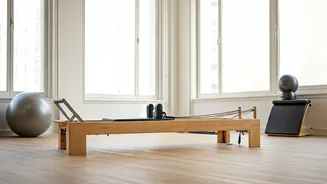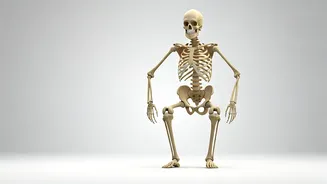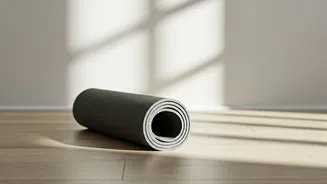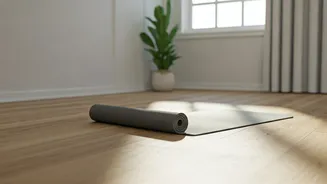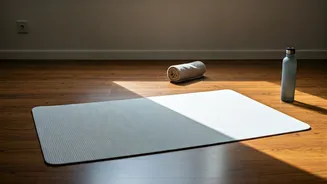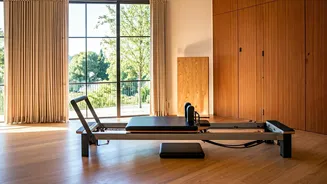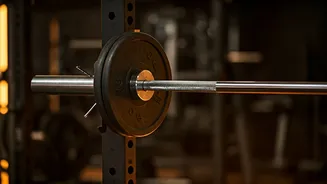Introduction to Pilates
Pilates is a system of exercises focusing on core strength, posture, and flexibility. Developed by Joseph Pilates, it emphasizes controlled movements and proper
breathing techniques. Unlike high-impact exercises, Pilates is gentle on the joints, making it suitable for people of all fitness levels. It enhances body awareness, leading to improved balance and coordination. Regular practice of Pilates helps build lean muscle, increase energy levels, and reduce stress. The exercises often involve using your own body weight as resistance, making them accessible to do anywhere, anytime.
The Rolling Like a Ball
This exercise is excellent for massaging the spine and improving core strength. Begin by sitting with your knees bent and feet off the floor. Hold onto your shins, keeping your back rounded. Inhale to prepare, and exhale as you roll back, maintaining the rounded shape. Roll back only as far as your shoulders, then inhale and roll back up to the starting position. It's crucial to control the movement, avoiding any jerky motions. Focus on engaging your abdominal muscles throughout the roll. The exercise also helps to improve balance and coordination, leading to a better sense of body awareness.
The Single-Leg Stretch
This exercise is a fantastic way to strengthen your core and improve stability. Lie on your back with your knees bent and pulled toward your chest. Grasp one shin with both hands, while extending the other leg straight out, a few inches above the floor. Inhale to prepare, and exhale to switch legs. As you switch, pull the other knee toward your chest. Keep your core engaged and your back pressed against the mat. Ensure your extended leg doesn't touch the floor. Continue alternating legs smoothly and rhythmically. This movement is also great for improving your overall balance and posture.
The Double Leg Stretch
This exercise engages the entire core and helps in improving abdominal strength. Lie on your back with your knees bent toward your chest. Extend your arms overhead and your legs out, forming a diagonal line. Inhale to prepare, then exhale, bringing your arms around to your shins, drawing your knees back toward your chest, returning to the starting position. Keeping your lower back pressed against the mat is key, focusing on your core to stabilize the movement. Be sure to coordinate your breathing with your movements to maximize the exercise benefits. This stretch also encourages better breathing practices.
The Toe Taps
This exercise focuses on improving core stability and abdominal strength. Lie on your back with your knees bent at a 90-degree angle, with your feet hovering. Engage your core, and gently tap one foot down towards the floor, then return it to the starting position. Alternate between legs, keeping your core engaged to prevent your back from arching. Imagine your lower back is pressed against the mat the whole time. Maintain a slow and controlled pace. The toe taps enhance control and coordination, leading to a stronger core and improved overall stability. This exercise also improves mindful breathing.
The Corkscrew Twist
This exercise adds a rotational element to strengthen your core and improve spinal mobility. Lie on your back with your arms extended to the sides and your legs straight up. Inhale to prepare, and exhale as you lower your legs to one side, keeping your shoulders pressed into the floor. Inhale to return to the center, then exhale and repeat the movement on the other side. Focus on controlled movements, ensuring your core is engaged throughout the exercise. Keep your shoulders stable, and avoid letting them lift off the floor. This twist improves flexibility and promotes better posture, improving spinal mobility while toning the core.
